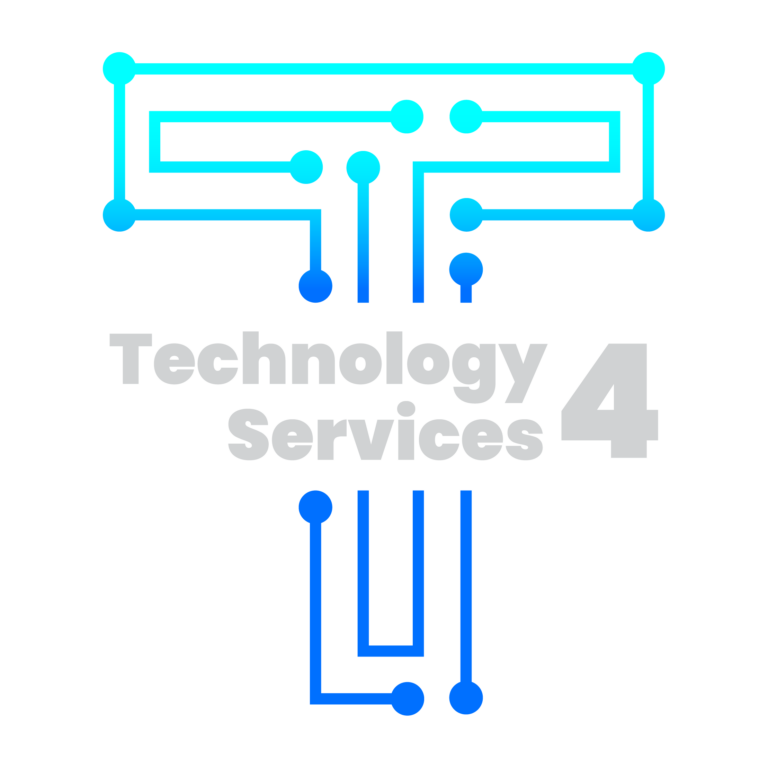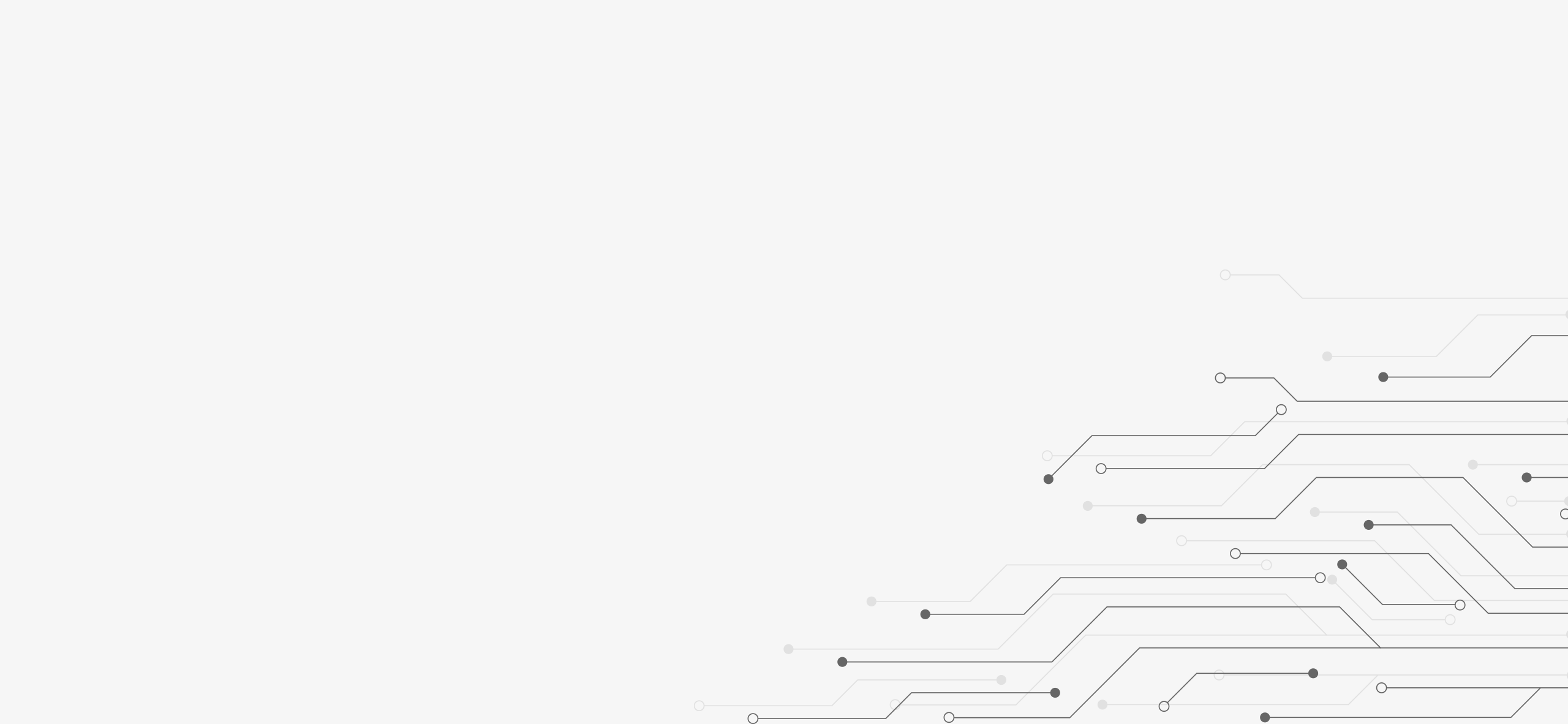Technology Services 4
Find out more about the Technology Services 4 Framework and get expert help from GovData, the leading Government Framework Experts

About Technology Services 4
PROCUREMENT BODY – Crown Commercial Service
Framework Value: £16 billion
Framework Duration: 8 years
What is Technology Services 4?
Technology Services 4 is the next iteration of the successful Technology Services 3 framework and will continue to cover traditional Information & Communication Technology services, from strategy through to transition and operational deployment.
Technology Services 4 will also include new services which have been requested through supplier and buyer engagement, and potentially services amalgamated from other CCS agreements where appropriate.

Thinking of applying to the Technology Services 4 Framework?
GovData has two decades of experience supporting British businesses achieve success through Framework agreements, particularly IT Frameworks. Our founder and CEO Chris Hugo was pivotal in the creation of G-Cloud, the UK’s first and largest Framework.
Since 2006, our team has won access to £120bn for businesses across the United Kingdom.

Framework Scope – Technology Services 4
All Public Sector customers can buy technology services, ranging from strategy and design to operational deployment.
Who can buy through the Technology Services 4 Framework?
Central Government, e.g. Home Office, Ministry of Justice
Local Government, e.g. Your local Council
Education, e.g. Universities, Royal Nursing College, High Schools
Health, e.g. Your local Hospital, Clinical Commissioning Groups (CCGs)
Criminal Justice, e.g. Greater Manchester Police (CCGs)
Defence, e.g. tri-Forces (Army, Navy, Airforce), MoD
Anomalies, e.g. Coastguard
Lots – Technology Services 4
Technology Strategy and Service Design
For strategic design, suppliers conduct capability analyses, identifying current and future business needs, and utilize frameworks like TOGAF for enterprise architecture. They assess technology gaps, recommend solutions, and determine suitable business and technology models, architectures, and roadmaps. Additionally, suppliers develop IT financial management approaches to support the technology strategy.
In service design, operational service design involves collaborating with customers to meet business needs, and demand management focuses on capacity planning. Service levels, performance design, and availability design create measurable KPIs, assurance processes, and continuity plans. Risk management ensures proactive identification and mitigation for service continuity, and security measures align with business needs. Furthermore, suppliers address the complexities of a multi-supplier ecosystem through supply chain design, and they identify appropriate databases, applications, and toolsets for service delivery. These services collectively empower buyers to navigate the evolving landscape of technology and service requirements.
Technology Strategy:
• Capability analysis
• Enterprise architecture
• Technology gap assessment
• Business models
• Architectures
• Road-mapping
• IT financial management strategy
• Security and cyber strategy design
• AI and automation deployment planning and design
Service Design:
• Operational service design
• Demand management planning
• Risk analysis and management planning
• Security design
• Supply chain analysis and design
• Application strategy and design
• End user services and digital service design
Transition and SIAM
Upon the buyer’s request, suppliers will offer a variety of services to facilitate a complete technology service transition and transformation. These services may include, but are not limited to:
• Identifying success factors for the transition/transformation and establishing measurable metrics.
• Conducting risk analysis and implementing risk management strategies.
• Performing audit and due diligence activities for the existing customer estate.
• Providing project and programme management services, encompassing planning, delivery, and reporting.
• Implementing and overseeing the transition/transformation process, coordinating resources, potentially across a multi-supplier environment.
• Conducting post-transition/transformation reviews to assess if objectives, success factors, and benefits have been achieved and realised.
• Managing the decommissioning and disposal of legacy services, involving planning, delivery, and coordination of activities.
End User Services
Suppliers will provide a range of Services to deliver end user support, end user computing and device management, and/or technology service transition to Buyer, either as an end to end managed service, stand-alone services or professional services.
End User Support:
• Product support capabilities
• Incident management and support services
• Reporting and proactive results analysis
• End user training coordination
• Change and event management
• Knowledge transfer
End User Computing and Device Management:
• Support for the full lifecycle management of assets
• Device deployment, maintenance
• Change management and disposal
• Hardware and device leasing service
• Knowledge transfer
Transition, Project and Programme:
• Management Identification of transition success factors and their measurement
• Risk analysis and risk management
• Audit and due diligence activities
• Project and programme management
• Implementing and managing the transition process
Lot 3a: End User Service (Lower Complexity and Value)
Infrastructure Management
Suppliers will provide a range of Services to Buyer either as an end to end managed service, stand-alone services or professional services.
Operations and Service Management:
• Delivery models alignment
• Infrastructure management i.e. data centres, tech bars, cloud platforms, system operations, integration, support, administration, performance monitoring
• Knowledge transfer
Security Management:
• Network security
• Identity and access management
• Device security
• SOC
• Knowledge transfer
Hardware and Software Asset Management:
• Hardware and software acquisition and disposal planning
• Hardware disposal
• Software licences consolidation
• Asset lifecycle management
Transition, Project and Programme Management
Lot 4a – Infrastructure Management (Lower Complexity and Value)
Application and Data Management
Application Development, Management and Support:
• Processes and methodologies for custom or enterprise applications
• Development of new and existing applications
• Continuous and whole software lifecycle management
• Process workflows
• Management of third party suppliers
• Knowledge transfer
Data Warehouse, Database and Data Management:
• Data, database and middleware management and integration practices
• Architectural techniques and tools
• Database configuration, management and support
• Data extraction, translation, transfer, conversion, destruction and backup and recovery
• Knowledge transfer
Transition, Project and Programme Management
• The identification of the transition success factors and their measurement
• Risk analysis and risk management, audit and due diligence activities
• Project and programme management, implementing and managing the transition process
Lot 5a – Application and Data Management (Lower Complexity and Value)
Major Technology Services Transformation Programmes
• Services as described in Lots 1, 2, 3 ,4 and 5
• Programme and project management
• Risk and issues management
FRAMEWORK ASSESSMENT
Still not sure if Technology Services 4 is the right Framework for you? Talk to our team of experts today. We’ll help you map the value of the Framework to your services and understand the potential for your business.
FRAMEWORK SUBMISSION SUPPORT
No time or limited resources to start or grow your opportunities within Government and Public Sector? Our specialist Information Technology Frameworks Team have helped hundreds of companies navigate the complex Framework submission process. We’re here to help remove the barriers to Public Sector success.
Talk to GovData about getting your business onto the Technology Services 4 Framework today.

